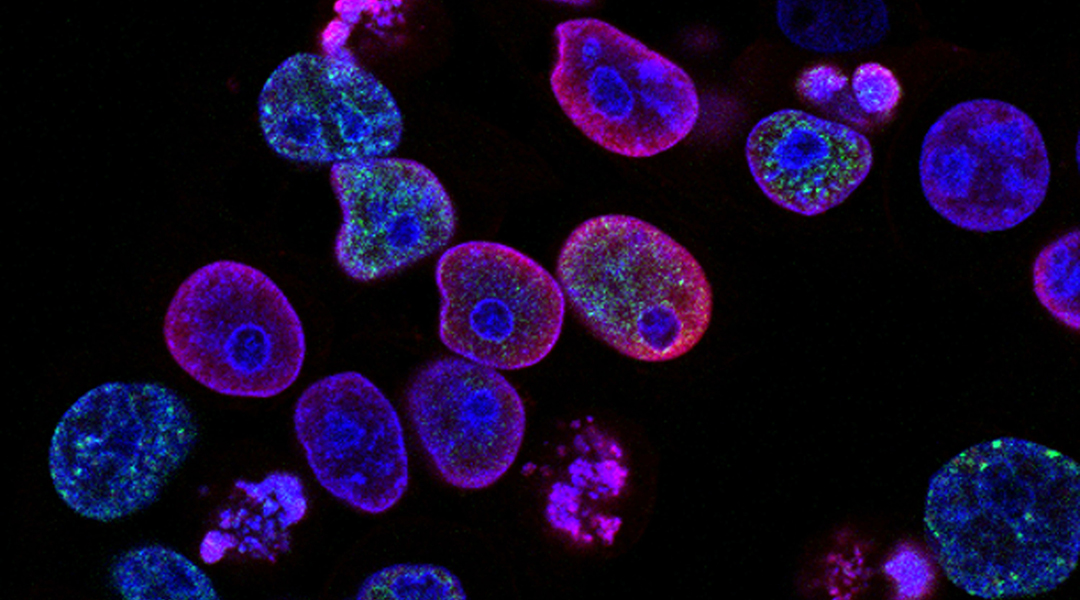“The dose makes the poison!” This adage, attributed to Paracelsus, explains a basic principle of toxicology: a substance can produce a harmful effect only if it reaches a certain “toxic” concentration. In reverse, it also means that a substance is not harmful below this toxic dose, and can even be vitally important for a biological system.
Ions are an excellent example of this principle at work. They are essential for life, but an overdose inside cells can be highly toxic. This is the reason why cells regulate their ion uptake very strictly. Conversely, manipulation of intracellular ion concentrations is therefore a very attractive strategy for chemotherapy: Inducing a toxic dose at the diseased tissue while relying on the cell’s regulatory mechanisms in healthy tissue to react, counteract and keep the dose below toxicity promises very low side effects. The big challenge however is: how do we overcome the cellular regulation and get overdoses of ions into cells?
To this end, researchers at the University of Munich (LMU) have demonstrated a conceptually novel nanocarrier strategy. Unlike traditional nanocarriers, which are just vessels loaded with drug cargo, they have synthesized nanoparticles that are both the cargo and the carrier.
The nanocarrier consists of iron ions as building blocks. The particle’s nanoarchitecture and coating allows to “ bundle and hide” the ions while mediating their stealth internalization by cells at the same time. Inside cells, the nanocarrier is slowly degraded into its building blocks. Importantly, the degradation speed and toxicity depends on very specific environments, such as that of cancer tissue. The degradation products cause pyroptosis, a programmed cell death, in which the cell membrane is perforated (a cell “explosion” can be observed under the microscope) and the immune system is activated. Thus, they could be used in chemotherapy and may help to reduce side effects and stimulate the immune system to fight cancer with the body’s own weapons.
This novel concept of nanoparticle-based therapy may open up new ways of thinking about nanoparticles and their use in therapy. It may lead to the discovery of novel nanoparticle-based therapeutics and help to overcome the bottleneck of drug-induced side effects that is currently strongly limiting the success of nanoparticles in therapy.
Written by: Stefan Wuttke, Ikerbasque Research Professor
Reference: Evelyn Ploetz, et al. ‘Metal–Organic Framework Nanoparticles Induce Pyroptosis in Cells Controlled by the Extracellular pH.’ Advanced Materials (2020). DOI: 10.1002/adma.201907267

















